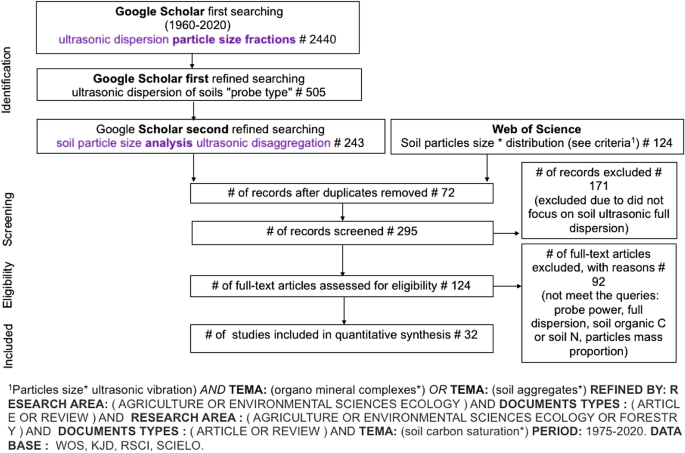

#TESTS FOR HOMOSCEDASTICITY IN XLSTAT HOW TO#
Here’s how to install all the needed packages:Īs we can see, in the image above, the two columns are of the data types float and object. In Python, you can install packages using Pip or Conda, for example. However, to follow this post it is required that you have the Python packages installed. Of course, if you have your data in any other format (e.g., NumPy arrays) you can skip using Pandas and work with e.g. SciPy and Pingouin will be used to carry out Levene’s and Bartlett’s tests in Python.Pandas will be used to import the example data.In this post, we will use the following Python packages: If we, on the other hand, get a statistically significant result we may want to carry out the Mann-Whitney U test in Python. This means, for example, that if we get a p-value larger than 0.05 we can assume that our data is heteroscedastic and we can continue carrying out a parametric test such as the two-sample t-test in Python. Alternative Hypothesis: the variances are not equal across all samples/groups.Null Hypothesis: the variances are equal across all samples/groups.Whether conducting Levene’s Test or Bartlett’s Test of homogeneity of variance we are dealing with two hypotheses. This is, basically, what equality of variances means. If our samples have unequal variances (heteroscedasticity), on the other hand, it can affect the Type I error rate and lead to false positives. Simply put equal variances, also known as homoscedasticity, is when the variances are approximately the same across the samples (i.e., groups). That is, the last two sections, before the conclusion, will how to you to carry out Bartlett’s and Levene’s tests. In the next section, you will read data from a CSV file so that we can continue by learning how to carry out both tests of equality of variances in Python. After this, we continue by having a look at the required Python packages to follow this post. Second, you will briefly learn about the hypothesis of both Bartlett’s and Levene’s tests of homogeneity of variances. First, you will get a couple of questions answered. How to Carry out Levene’s Test of Equality of Variances in PythonĪ brief outline of the post is as follows.2 Using Pingouin’s homoscedasticity method.

How to Do Bartlett’s Test of Homogeneity of Variances in Python.The results show that in this particular study area, Level 1 models, even BDF, are quite accurate, but the above modelling strategy maximises the extracted information from the local data and BMA reveals that the higher uncertainties occur at areas with higher vulnerability whereas lower uncertainties are observed at areas with lower vulnerabilities. The model performance is tested by using the nitrate-N concentrations measured for the aquifer.

BMA is naturally an Inclusive Multiple Modelling (IMM) strategy at two levels at Level 1 multiple models are constructed and the paper constructs three AI (Artificial Intelligence) models, which comprise ANN (Artificial Neural Network), GEP (Gene Expression Programming), and SVM (Support Vector Machines) but their outputs are fed to the next level model at Level 2, BMA combines ANN, GEP and SVM (the Level 1 models) to quantify their inherent uncertainty in terms of within and in-between model errors. Bayesian Model Averaging (BMA) is used to study inherent uncertainties using the Basic DRASTIC Framework (BDF) for assessing the groundwater vulnerability in a study area related to Lake Urmia.


 0 kommentar(er)
0 kommentar(er)
